This project enables connectivity on everyday objects by transforming them into FM radio stations. To do this, we show for the first time that ambient FM radio signals can be used as a signal source for backscatter communication. Our design creates backscatter transmissions that can be decoded on any FM receiver Read More ...
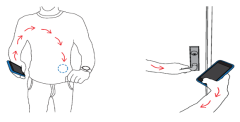
We show for the first time that commodity devices can be used to generate wireless data transmissions that are confined to the human body. Specifically, we show that commodity input devices such as fingerprint sensors and touchpads can be used to transmit information to only wireless receivers that are in Read More ...

We introduce inter-technology backscatter (Interscatter), a novel approach that transforms wireless transmissions from one technology to another, on the air. Specifically, we show for the first time that Bluetooth transmissions can be used to create Wi-Fi and ZigBee-compatible signals using backscatter communication. Since Bluetooth, Wi-Fi and ZigBee radios are widely Read More ...
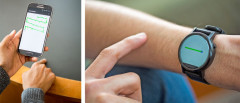
FingerIO is a novel fine-grained finger tracking solution that transforms any space around off-the-shelf smartphones or smartwatches into an interactive surfaces. FingerIO does not require instrumenting the finger with sensors and works even in the presence of occlusions between the finger and the device. We achieve this by transforming the Read More ...
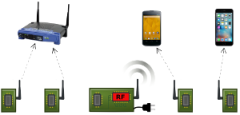
We introduce Passive Wi-Fi that demonstrates for the first time that one can generate 802.11b transmissions using backscatter communication, while consuming 3 – 4 orders of magnitude lower power than existing Wi-Fi chipsets. Passive Wi-Fi transmissions can be decoded on any Wi-Fi device including routers, mobile phones and tablets. Building Read More ...
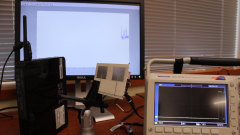
RF-powered computers are small devices that compute and communicate using only the power that they harvest from RF signals. While existing technologies have harvested power from ambient RF sources (e.g., TV broadcasts), they require a dedicated gateway (like an RFID reader) for Internet connectivity. We present Wi-Fi Backscatter, a novel Read More ...
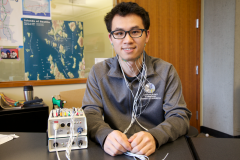
People with tetraplegia have either partially or completely lost their abilities to move their arms or legs. We want technologies to help those patients to interact with their surroundings. Fortunately, many of those patients are able to move their tongues on command. Researchers have thus asked if it is possible Read More ...

Existing gesture-recognition systems consume significant power and computational resources that limit how they may be used in low-end devices. We introduce AllSee, the first gesture-recognition system that can operate on a range of computing devices including those with no batteries. AllSee consumes three to four orders of magnitude lower power Read More ...
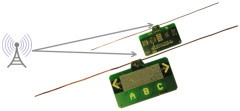
As computing devices become smaller and more numerous, powering them becomes more difficult; wires are often not feasible, and batteries add weight, bulk, cost, and require recharging/replacement that is impractical at large scales. Ambient backscatter communication solves this problem by leveraging existing TV and cellular transmissions, rather than generating their Read More ...

WiSee is the first whole-home gesture recognition system using wireless signals. Since wireless signals do not require line-of-sight and can traverse through walls, WiSee can enable whole-home gesture recognition using few wireless sources (e.g., a Wi-Fi router and a few mobile devices in the living room). Our results show that Read More ...
